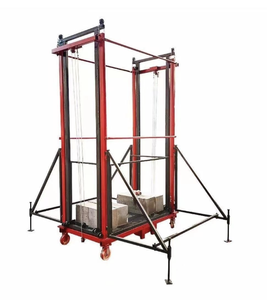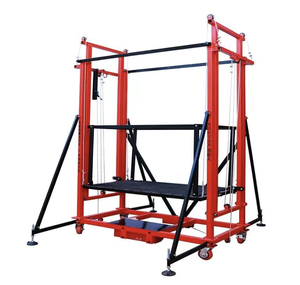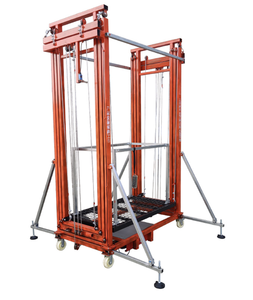Understanding Scaffold Board Specification
Scaffold boards serve as the foundation of a safe and effective scaffolding system, essential for construction, maintenance, and repair projects. The scaffold board specification outlines critical performance standards and requirements for these boards, ensuring structural integrity and worker safety. These specifications take into account various factors, including load capacity, materials used, and compliance with safety regulations.
Types of Scaffold Board Specification
- Timber Scaffold Boards: Typically made from high-quality softwood, these boards are durable, easy to handle, and meet various safety standards.
- Steel Scaffold Boards: Known for their strength and longevity, these boards are often used in heavy-duty applications where additional support and durability are required.
- Plastic Scaffold Boards: Lightweight and resistant to moisture, these boards are suitable for environments where traditional materials may degrade.
- Composite Scaffold Boards: Made from a blend of materials, these boards offer a balance of strength, flexibility, and resistance to environmental conditions.
Applications of Scaffold Board Specification
The scaffold board specification plays a pivotal role across various industries, ensuring that the selected boards are fit for their intended purpose. Common applications include:
- Construction sites, providing safe platforms for workers to carry out tasks at height.
- Maintenance work on buildings, bridges, and structures, facilitating access to hard-to-reach areas.
- Event construction, such as staging for concerts or outdoor events, where stability and safety are paramount.
- Industrial settings, where scaffold boards are utilized for temporary support structures and access platforms.
Features of Scaffold Board Specification
Investing in high-quality scaffold boards involves understanding their features that comply with scaffold board specifications. Key features include:
- Load Capacity: The ability of the boards to support weight is crucial, with specifications often stating the maximum load they can bear safely.
- Anti-Slip Surface: Many scaffold boards come with treated surfaces to provide traction and reduce the risk of slips.
- Length and Width: Standard sizes are usually dictated by regulations, but custom dimensions can often be ordered based on project requirements.
- Durability: Resistance to rot, warping, and decay is essential, particularly for timber boards exposed to the elements.
- Compliance with Standards: Scaffold boards must often meet local and international safety standards, ensuring reliability and security on site.
Advantages of Adhering to Scaffold Board Specification
Understanding and adhering to scaffold board specifications provide numerous advantages, impacting both safety and efficiency:
- Enhanced Safety: Compliance with specifications minimizes the risk of accidents caused by failures or inadequately supported structures.
- Increased Durability: High-quality materials that meet specified standards tend to have longer life spans, resulting in cost savings over time.
- Efficiency in Construction: Proper specifications help workers perform tasks more swiftly, utilizing reliable and stable platforms.
- Legal Compliance: Using scaffold boards that meet specified standards reduces liability and ensures compliance with employment and safety regulations.










































